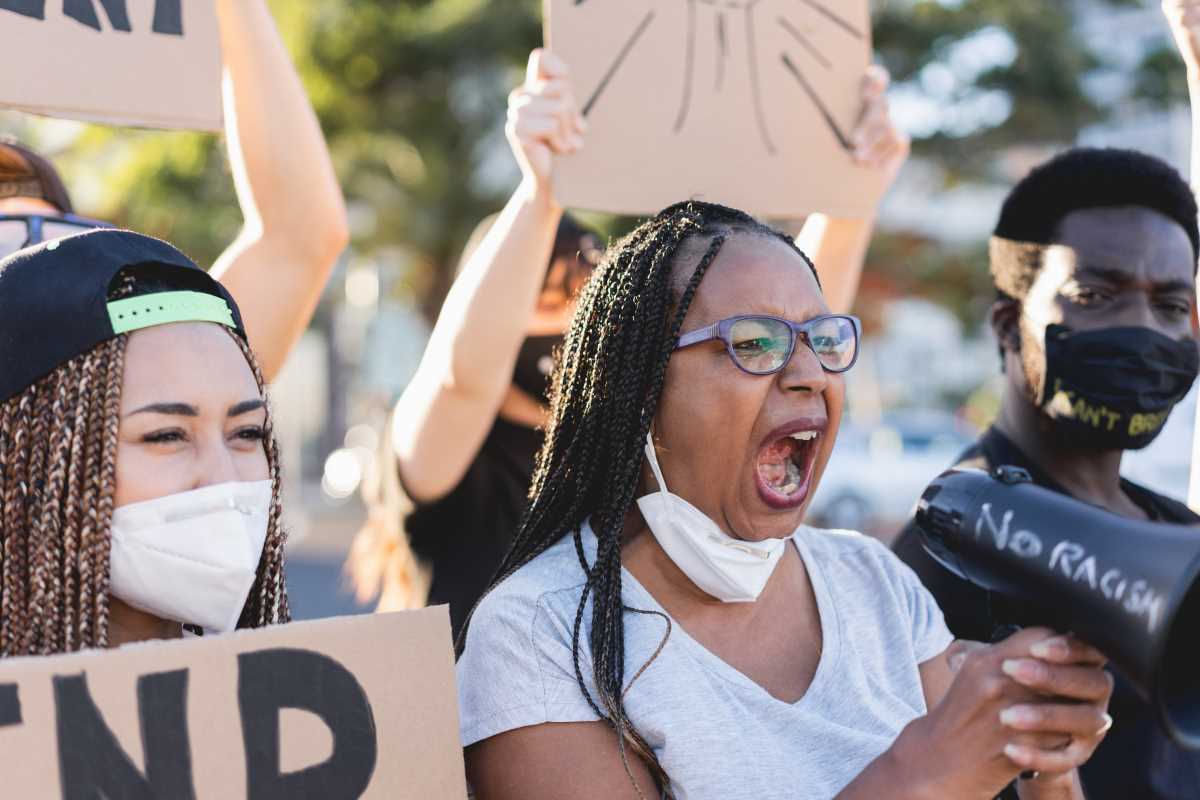If you think students don’t have the power to make a difference, think again. Across college campuses in 2025, student-led movements are demanding change and pushing back against outdated, unfair policies. From climate advocacy and freedom of speech to fighting for immigrant rights, students are stepping up to the plate. Their campaigns go beyond social media posts; they’re organizing protests, holding teach-ins, and even taking legal action to ensure their voices are heard. These activists often face significant challenges, including pushback from universities and interventions from the government. But their persistence highlights one truth: young people have the power to spark real change, both on their campuses and in their communities.
Here’s a look at some of the major student-led movements making waves in 2025.
Free Speech on the Line
The battle for free speech on campuses has escalated this year. One of the biggest flashpoints is Columbia University, where stricter rules were rolled out following political pressure from the Trump administration. Columbia faced federal funding cuts amounting to $400 million earlier in the year. To comply with demands and secure restored funding, the university introduced new measures banning masks during protests, prohibiting demonstrations around academic buildings, and hiring extra security officers with the power to arrest students.
Unsurprisingly, these changes have stirred student outrage. Activists at Columbia have refused to back down. Groups such as the Columbia Palestine Solidarity Coalition and Jewish Voice for Peace have organized protests, chaining themselves to campus gates and demanding the university take a stronger stand against government overreach. At UC Berkeley, a campus with a legacy of free speech activism, students have rallied against similar policies, defending their right to protest without fear. These movements reflect a larger effort to preserve students’ voices while balancing the pressures universities face.
Standing for Immigrant and International Students
Immigrant students have been at the forefront of activism this year, as they face unique challenges like deportation threats tied to their involvement in protests. One notable case is Mahmoud Khalil, a Columbia graduate and prominent activist, who was detained by ICE in March. Khalil’s arrest, tied to his participation in pro-Palestinian demonstrations, has become a rallying point for students demanding "sanctuary campus" policies to protect non-citizen students.
At universities like Georgetown, students are advocating for better protections by pressuring administrations to limit ICE’s presence on campus. Legal groups and student unions are also stepping up, fighting to shield immigrant students from targeted actions. This fight highlights the intersection between immigration laws and student activism, as students refuse to be silent about injustices that affect their peers.
Climate Action Gains Momentum
The climate crisis continues to inspire student activism in 2025. This year, coalitions of students across the West Coast pressured their universities to divest from fossil fuel industries. Through sit-ins, petitions, and coordinated campaigns, they successfully convinced several institutions to withdraw millions from oil and gas investments.
But these activists aren’t stopping there. At Columbia, for example, student groups are advocating for the university to adopt carbon-neutral policies and revamp outdated campus infrastructure to be more sustainable. These movements send a powerful message that universities can play a role in tackling climate change by leading with action, not just seminars.
Pushing for Racial Justice and Equity
Calls for racial equity on campuses have grown louder in 2025. Students at Harvard and Princeton have taken the lead in demanding diversity reforms, such as increased representation among faculty and inclusive curriculum changes. Organizing teach-ins and public forums, these students are shedding light on systemic barriers still present in academia.
Beyond classroom reforms, students are also pushing their universities to cut ties with law enforcement agencies involved in racial profiling. Instead, they want resources shifted toward initiatives like mental health support and community-building programs. These demands are part of a broader effort to call on universities to live up to their stated commitments to equity and inclusion.
Standing Up to Government Pressure
One of the defining trends of student activism in 2025 is resistance to federal government oversight. The Trump administration has taken a hard stance against student protests, with statements like, “They’re here to go to class, not lead activist movements.” Actions such as revoking student visas or threatening universities with funding cuts have only galvanized activists to push harder.
For example, Columbia University faced funding cuts and was forced into a deal with federal authorities, agreeing to stricter protest rules and additional measures to minimize unrest. Elsewhere, student groups are taking these actions to court. Labor unions representing graduate students at institutions like Harvard have launched lawsuits against federal agencies, arguing that these measures violate constitutional rights and academic freedom.
Meanwhile, rallies and protests continue, with students making it clear they won’t be silenced by restrictive policies. At the University of Minnesota, a mass student-led rally protested the detention of an immigrant graduate student, reinforcing the message that threats won’t erase the spirit of activism.
The lesson here for every student is simple. Your voice matters. Whether on campus or in your community, you have the tools to speak up, act, and inspire change. The movements shaping this year remind us that activism is all about creating solutions for a better tomorrow. And in 2025, students are proving just how powerful that can be.
 (Image via
(Image via





